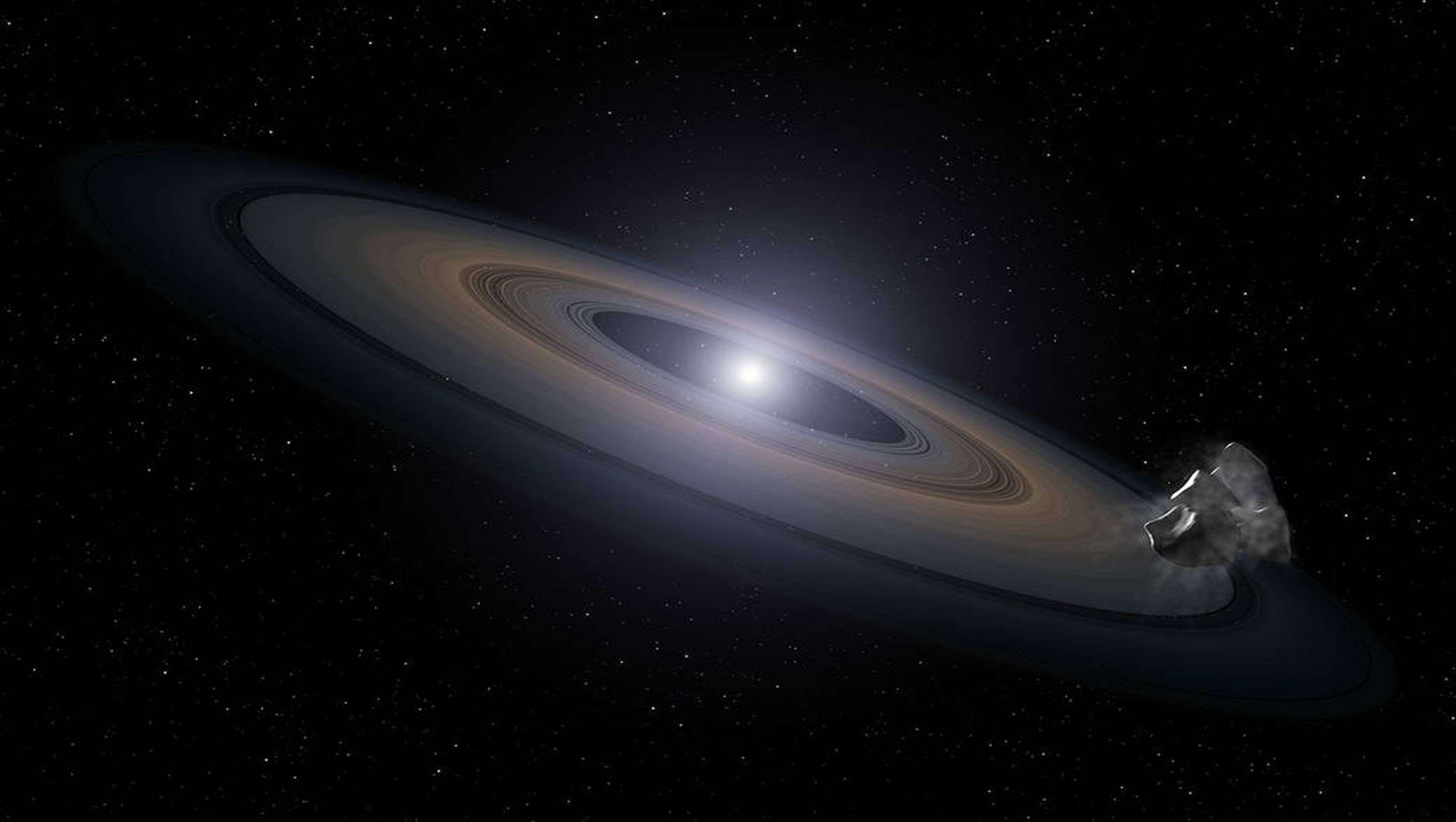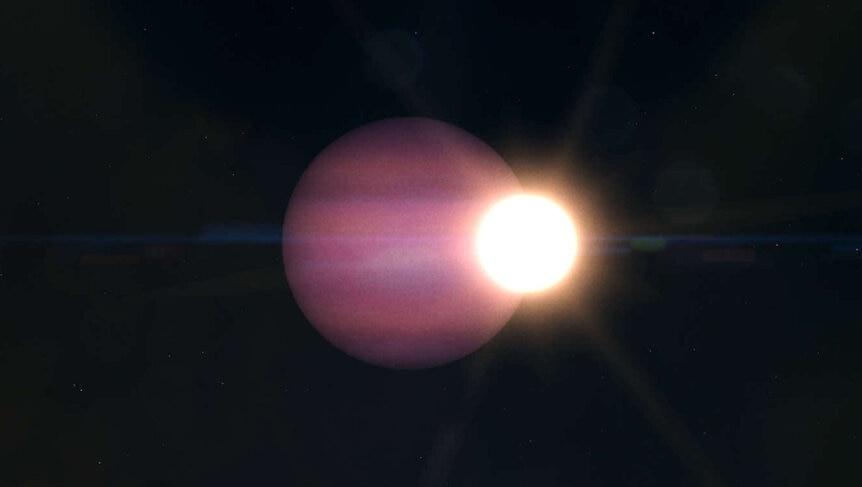Create a free profile to get unlimited access to exclusive videos, sweepstakes, and more!
When a star dies, does (hypothetical) life go with it?

We already know the answer for Earth. When the Sun starts its death throes and turns into a red giant in about 5 billion years, it will become a gargantuan raging inferno that will easily turn Mercury, Venus, and our planet to ash. But what could happen if surviving planets or moons (like Europa or Titan) that may host life continue to orbit it when it cools into a white dwarf?
That won’t happen for another 10 billion years. Nobody alive now is going to be around to see the aftermath. However, NASA’s James Webb telescope may find the answer to whether anything can live on a planet whose star has died by studying white dwarfs and looking for signatures of life on the rocky planets that orbit them. The gas giant that was recently caught orbiting a white dwarf by TESS doesn't really qualify for life as we know it. However, there might be other planets or moons or asteroids out there within a white dwarf’s habitable zone that are crawling with some sort of life—because dead stars aren’t so dead.
Astrophysicist and astrobiologist Thea Kozakis and her research team created models for hypothetical Earth-like planets orbiting a white dwarf to find out whether the conditions on such bodies could be amenable to life. The team modeled the habitable zone around a white dwarf, which gradually gets pushed closer and closer to the star as it grows cooler. White dwarfs are the exposed cores of red giants that emerge blazing hot but drastically lose heat over time because of the lack of an internal heat source. However, the accumulation of greenhouse gases in the atmosphere of a white dwarf could extend its habitability.
“We found that a planet could potentially remain in the habitable zone of a white dwarf for at least 6 billion years, possibly 8 billion years with more optimistic limits,” Kozakis, who led a study recently published in The Astrophysical Journal, told SYFY WIRE. “As the white dwarf cools it emits less and less UV flux, so we studied how that would affect atmospheric chemistry and planetary surface conditions, and also how biosignatures would change during this process.”
Red giants may scorch the planets closest to them, and even after they shed their outer layers and become white dwarfs, they may still emit too much UV radiation for anything to stay alive near them. As UV levels plunge, planets and moons further back in the star system might have the opportunity to to move closer. Far-reaching heat from the red giant may even help spawn new life on some of them. Any life that exists on these objects may thrive on a planet orbiting a white dwarf because the planet’s retention of greenhouse gases would keep it warm long after the star corpse lost most of its heat. Earth would stand no chance against a red giant Sun, but Jupiter’s moon Europa and Saturn’s moons Titan and Enceladus are possible candidates for life that (if it exists) may get a boost when Earth is out of the way.
Planets can also form around white dwarfs, though little is known about how these planets evolve. A second generation of planets would probably have to form in the same type of dusty and gaseous disc where stars are usually born.
“We're not sure how likely it is that planets can overcome these obstacles, but each new planet discovery around white dwarfs will help us better assess the potential for habitability,” Kozakis said.
While the planet orbiting the white dwarf WD 1856+534 has almost no chance at being habitable, Kozakis and her team recently published an adjacent study exploring the possibilities for a hypothetical Earth-like planet orbiting the same star at a slower pace. They simulated this planet around a white dwarf with the same conditions as the one that is now getting media attention from the entire universe.
“While the discovered gas giant has an orbital period of 1.4 days, our hypothetical planet would have to be orbiting in less than 10 hours to be close enough to maintain temperatures that can support liquid water,” said Kozakis. “We simulated how much observing time the upcoming James Webb Space Telescope would need to detect signs of life for an Earth-like planet around this white dwarf, and the results are extremely promising.”















